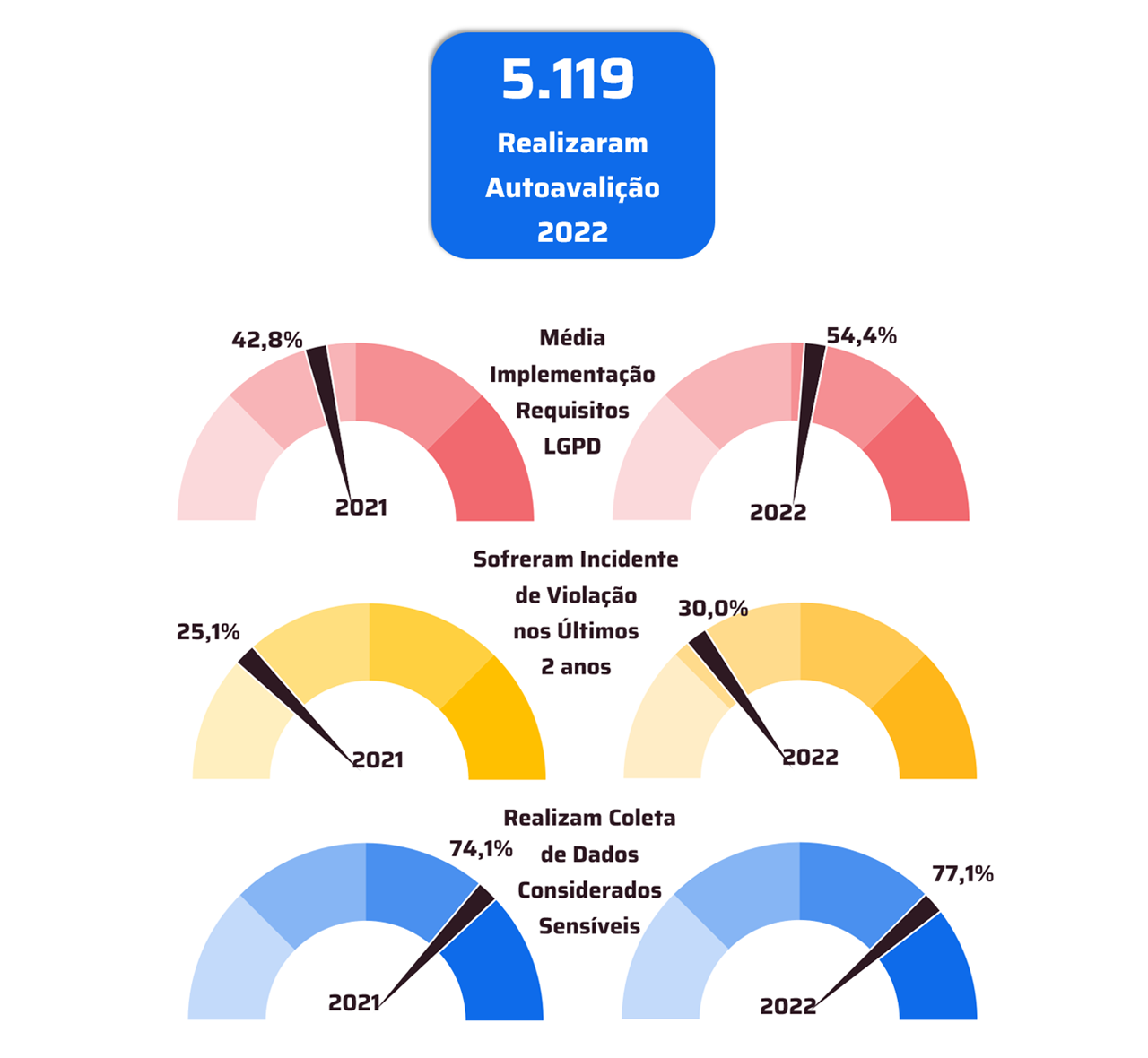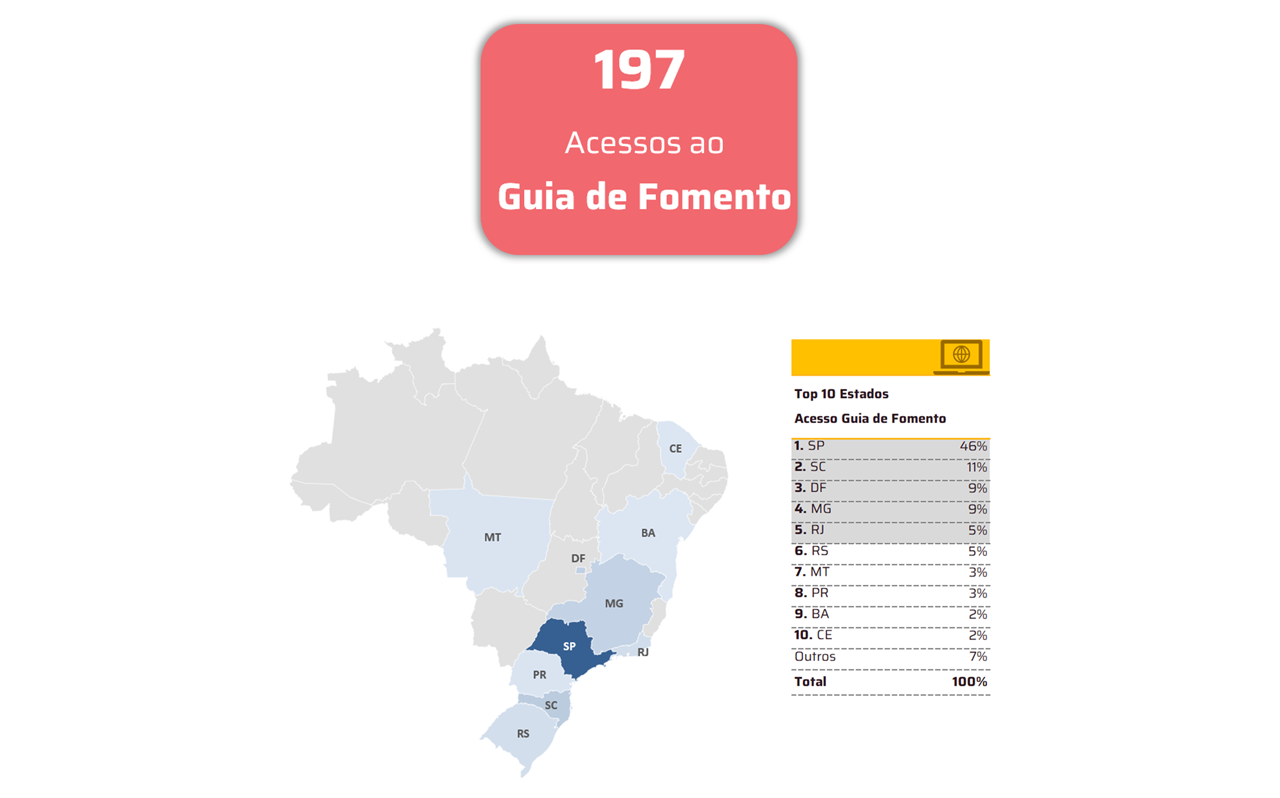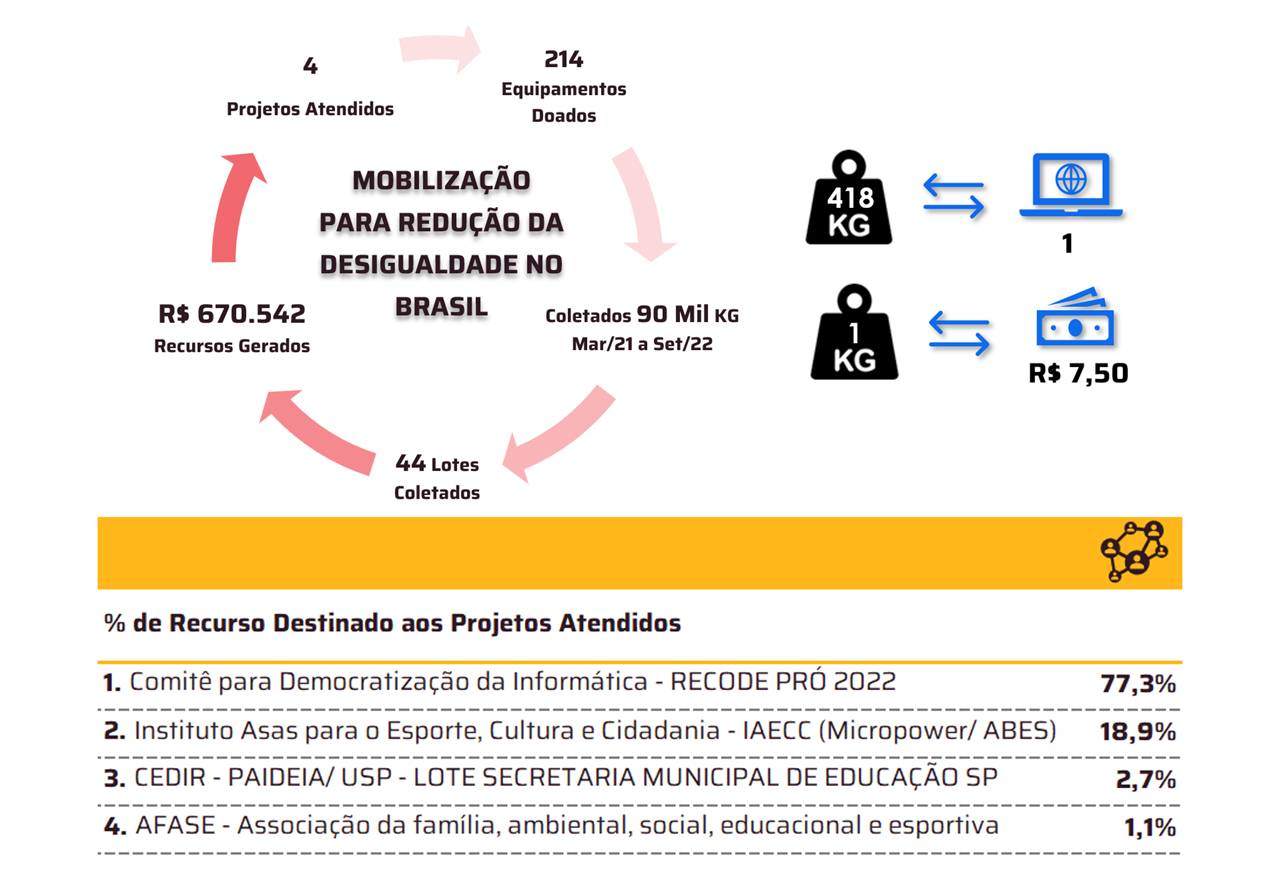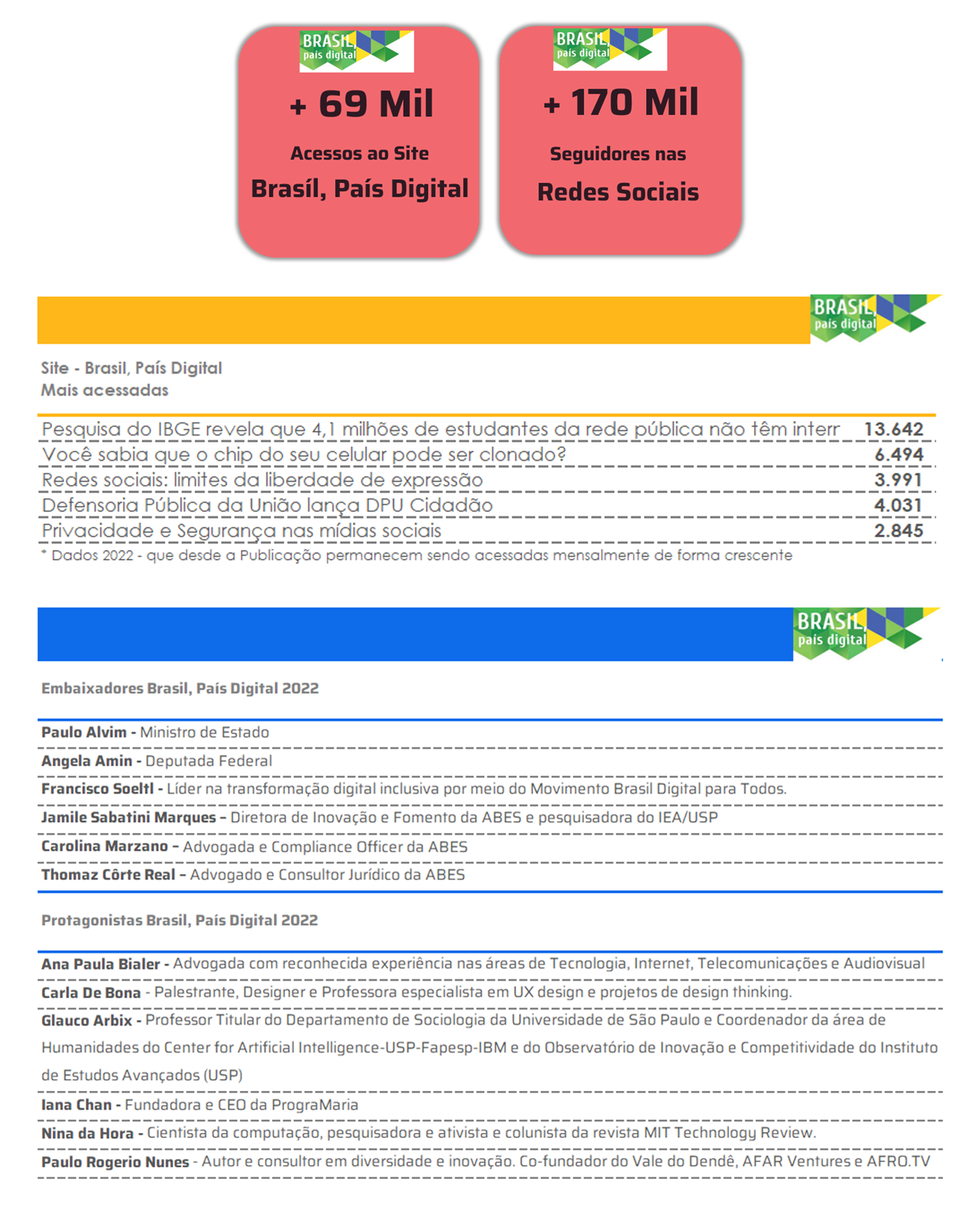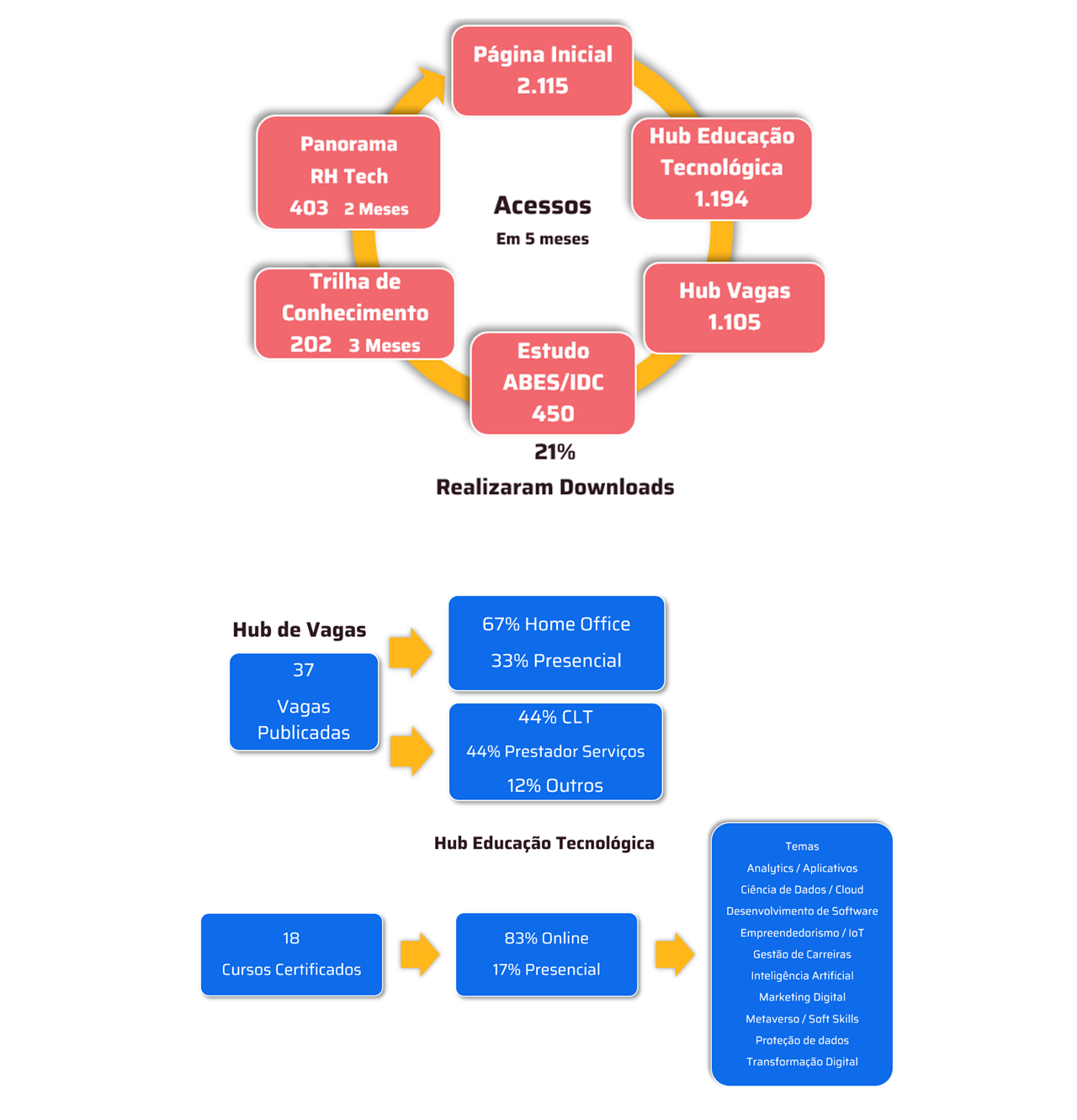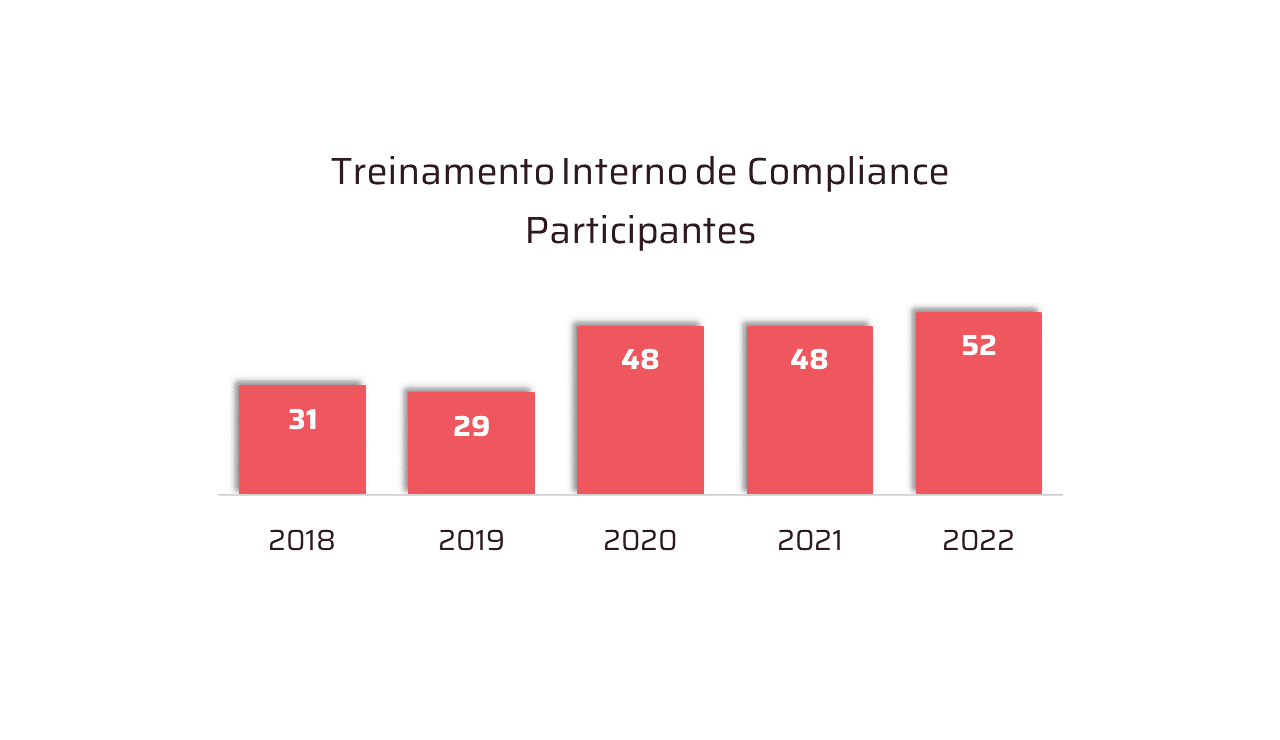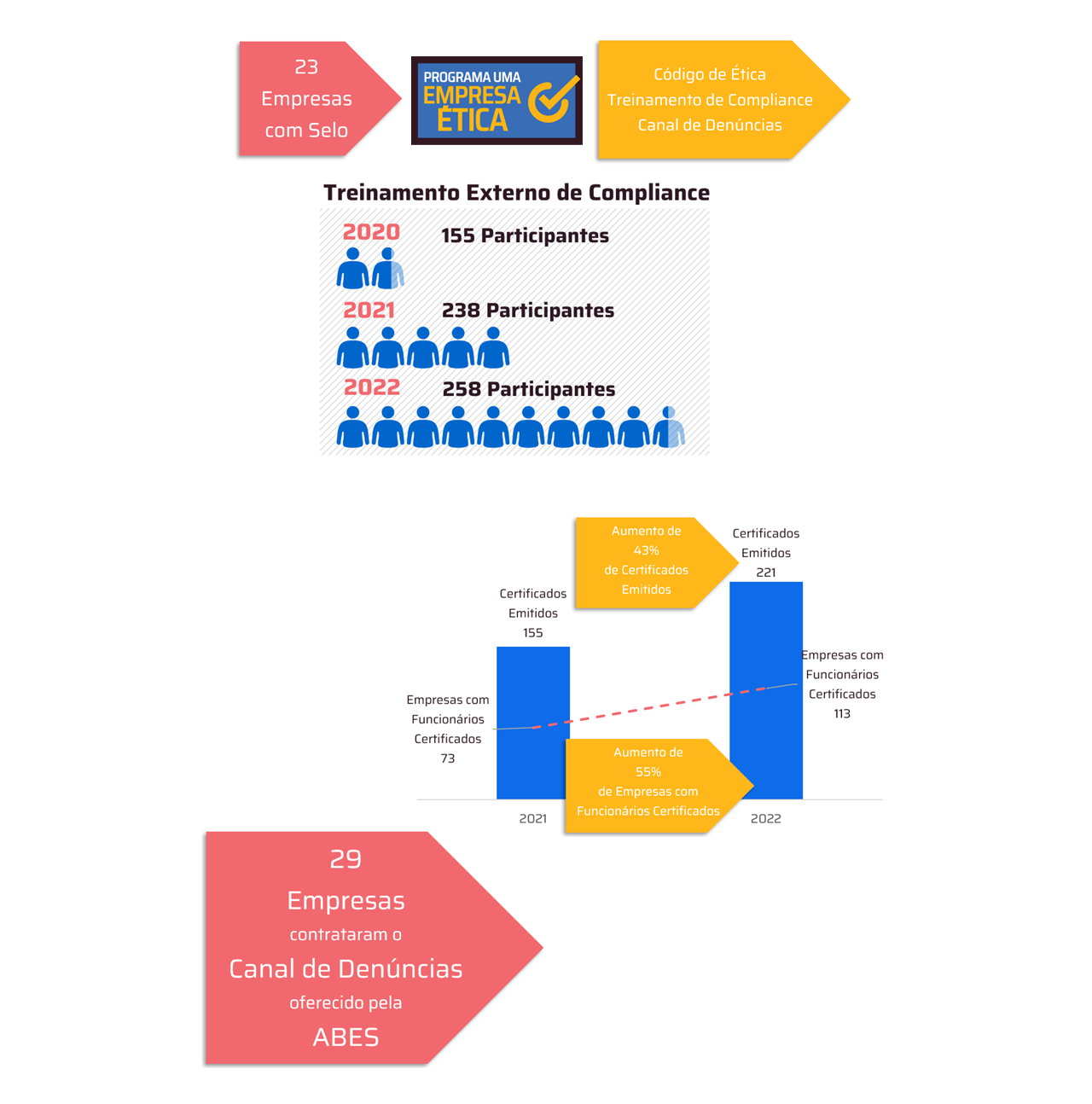“State of Commerce” survey reports that Brazilians on average expect 65% of revenue to come from digital channels within two years
Salesforce, the world leader in customer relationship management (CRM) solutions, has published the second edition of the report State of Commerce, which brings insights into new shopping habits in a period of great change, showing how B2B and B2C companies are adapting to the future of commerce in a digital-first. The study is based on a survey conducted in February of this year in 25 countries, including Brazil, with more than 4,000 commerce leaders, and behavior analysis of more than 1 billion business customers and end consumers.
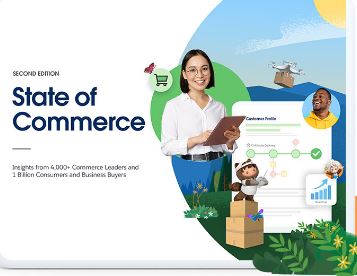 “The last few years have brought a significant revolution in the role of digital commerce in organizations. Companies in all market sectors and with all consumer profiles face increasingly complex consumer demands, organizational priorities and ideas for the future. They are trying to figure out their own ways to gain competitive advantage in a context where business customers and consumers agree on one point: the adoption of more digital channels is causing a major revolution,” said Lidiane Jones, executive vice president and general manager of Experiences. Salesforce Digital.
“The last few years have brought a significant revolution in the role of digital commerce in organizations. Companies in all market sectors and with all consumer profiles face increasingly complex consumer demands, organizational priorities and ideas for the future. They are trying to figure out their own ways to gain competitive advantage in a context where business customers and consumers agree on one point: the adoption of more digital channels is causing a major revolution,” said Lidiane Jones, executive vice president and general manager of Experiences. Salesforce Digital.
New channels are the key to digital success
The pandemic has definitively changed the way businesses and consumers connect and transact business. Between the first quarter of 2020 and the same period of 2022, the number of online orders grew exponentially, with sales from the same global location increasing by 95% for B2B and 44% for B2C. As a result, while around 30% of commercial revenue came from digital channels in 2020, that number is expected to increase to 54% by 2024. In Brazil, respondents expect 65% of revenue, on average, to come from digital channels within two years.
As the global economy continues to transform at a rapid pace, more than half of the survey's respondents expect to expand into new channels in the next two years. Along this path, developing an approach for emerging channels (like TikTok) is the second biggest perceived problem facing executives today.
On the global stage, websites, social networks and third-party marketplaces are the channels that receive the most investment. In Brazil, they are websites, social networks and applications, in the case of B2C; and websites, social networks and sales representatives, in the case of B2B.
Digital marketplaces are a priority for B2B
The Salesforce report also found that B2B merchants are looking to create more satisfying commerce experiences. This includes marketplace platforms where buyers and sellers connect directly: 33% of B2B merchants say launching their own marketplace is a priority for the next two years. And digital leaders (those who rate their organizations as excellent in digital commerce) are 1.5x more likely to prioritize their own marketplaces compared to digital underachievers (those who rate their organizations as not having the highest level of success. in digital commerce activities).
Automation investments are putting data to work
Research figures show that the use of data to its full potential is still not recurrent in world trade. Just over a third of respondents (37%) “strongly agree” that their business is extremely effective at using data to understand the behavior of its customers. An even lower percentage of respondents (35%) believe that the company they work for is efficient in using technology to win over new customers.
In Brazil, the survey results are different: 53% of the participants “strongly agree” that their companies competently use the potential of data to better understand the attitudes of their consumers. And more than half of respondents (57%) understand that their company really does rely on data to acquire new customers.
With results impacted by inflation, commerce organizations are focused on putting customer data to work to increase their efficiency and profitability — 51% of Brazilian respondents say automation will be a priority over the next two years. However, stricter privacy laws and the evolution of the internet are changing how companies find and connect with their audiences.
“Primary customer data is crucial to generating actionable insights, but accessing them is becoming more difficult and the move to the cookie-free internet has even the most experienced data management organizations concerned,” says Lidiane. In light of this, 36%'s trade organizations are investing in a primary data acquisition strategy for the next two years.
Alternative payment methods are becoming essential
Currently, consumers have given preference to establishments that accept different payment options, in addition to cash or credit card. In this scenario, the amount of payment types is growing, with 64% already offering at least one mobile wallet option (global data). In Brazil, credit card, bank transfer, Paypal and installment have expressive numbers. Mobile wallets are seeing a huge boost and 79% of country respondents already accept at least one mobile wallet option at checkout.
One of the most exciting advances in payment technology has been the rise of cryptocurrencies, but only 30% of organizations today offer them as a form of payment at checkout (being the least offered payment option). However, that should change quickly. Cryptocurrency is the number one payment method reported to be invested by organizations over the next two years compared to other forms of payment. In Brazilian companies, cryptocurrency is often accepted by 30% of the companies interviewed, however 57% stated that they have plans to accept it within the next two years.
Global and local priorities and challenges
With an eye on the future, top priorities in virtually every industry surveyed are revenue growth and customer base expansion. Brazil, in turn, is more concerned with expanding the customer base to stay in the scene — while revenue growth appears at the bottom of the “top 5”. As for the challenges, technological restrictions are pointed out as the main point, globally and locally.
More information: To learn more about what customers are saying and how the industry is responding, read the full report: State of Commerce.
*Methodology: Insights from industry professionals in the report come from a double-blind survey conducted in February 2022 that generated 4,102 responses from professionals in the trade, holding a board or senior leadership position. Respondents included professionals from B2B, B2C and B2B2C companies from across North America, Latin America, Asia Pacific, Japan and Europe. All participants were external (and not limited to Salesforce customers).









